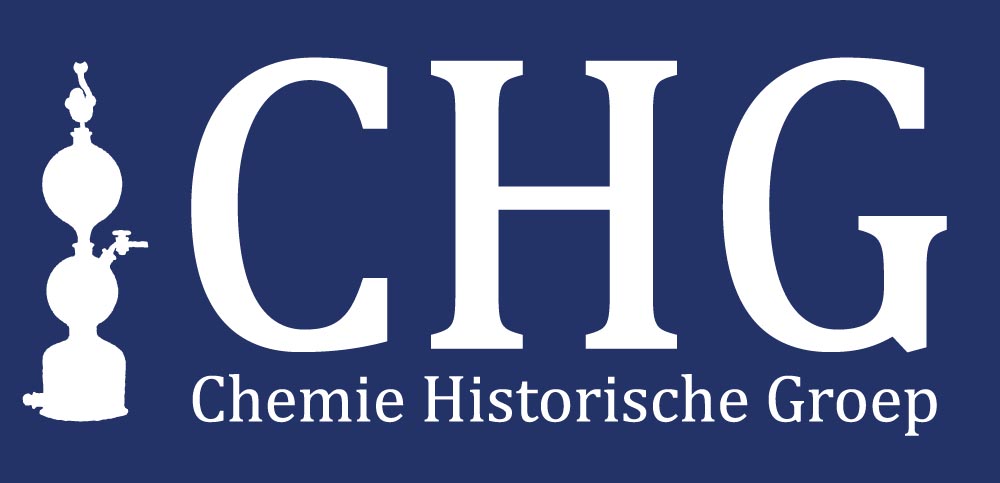Hysomer: The development of a catalytic process for producing high-octane fuel
In response to a trend of minimising the lead content in gasoline, in the 1960s Shell developed a process for isomerising “tops” (a C5/C6 fraction) to increase the octane number of that fraction. This process is called Hysomer (from: Hydroisomerisation). It is based on a Pt/zeolite mordenite catalyst. The first commercial unit, 400 t/d, came on stream in May 1970 in a Shell refinery near La Spezia, Italy. Up till the early 1990s many Hysomer units were built, mostly in combination with Union Carbide's Isosiv process to eliminate all nparaffins (by separation, also based on a zeolite), thus maximising the octane gain. The present symposium highlights the development and the first implementation of the Hysomer process, as well as its further history and some modern ideas concerning the C5/C6 hydroisomerisation reaction mechanism and zeolite science.

